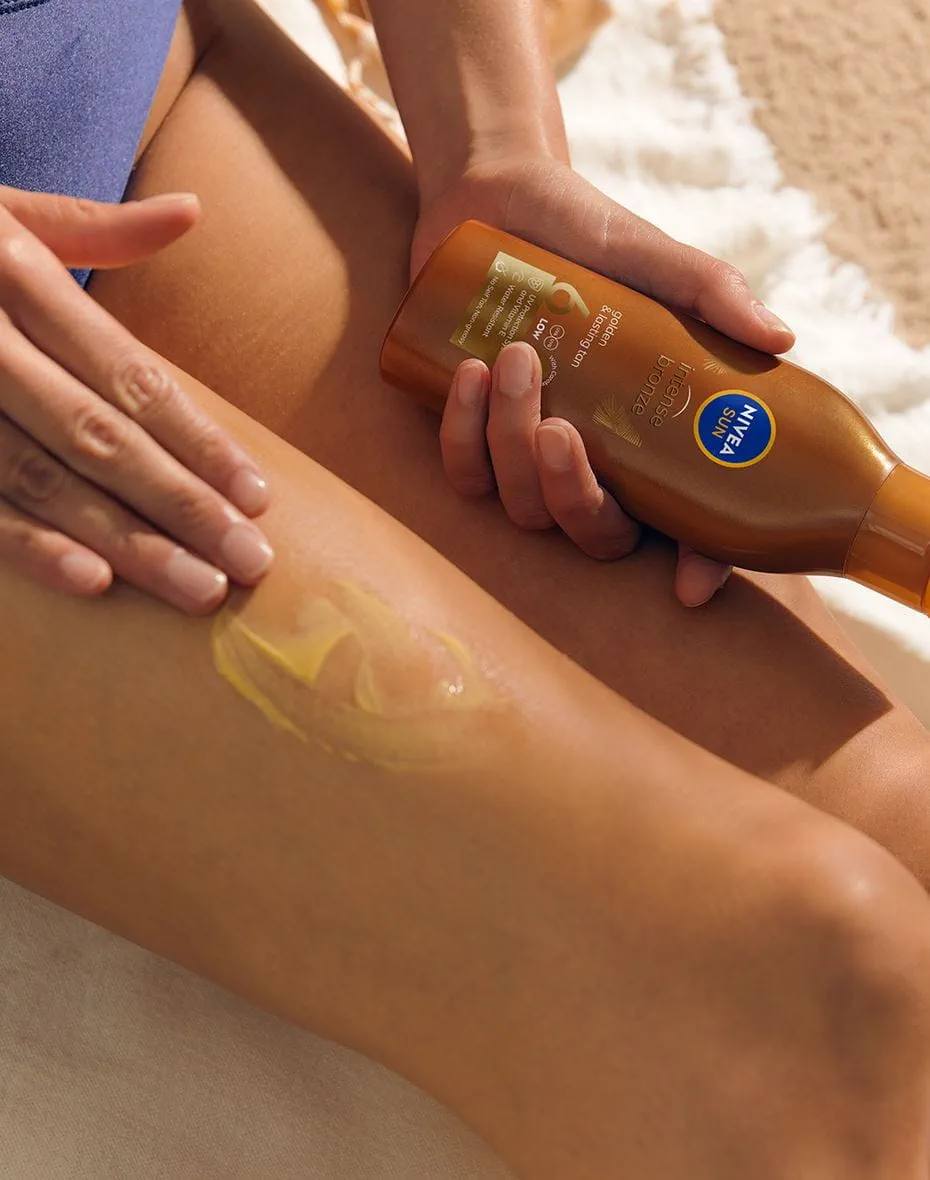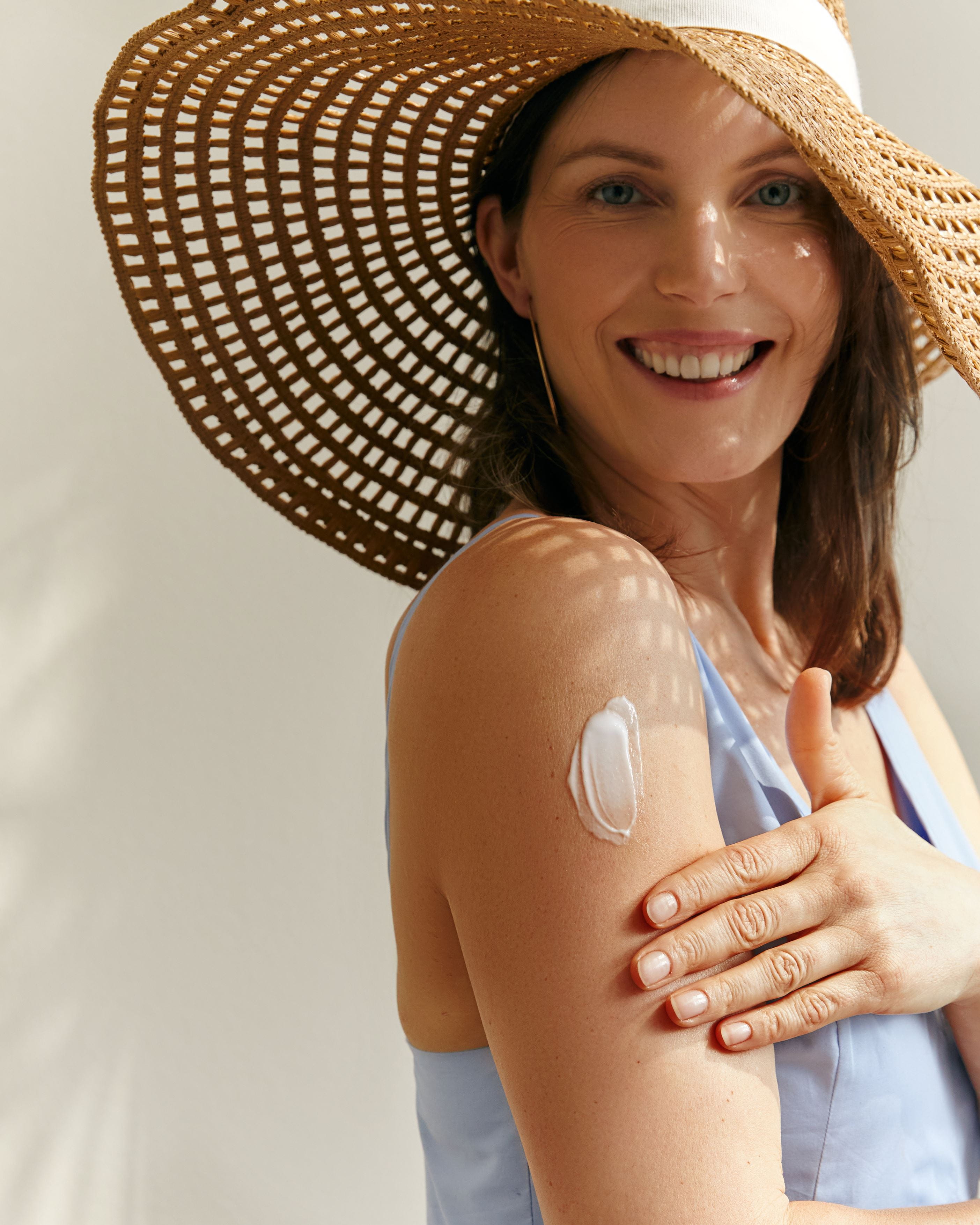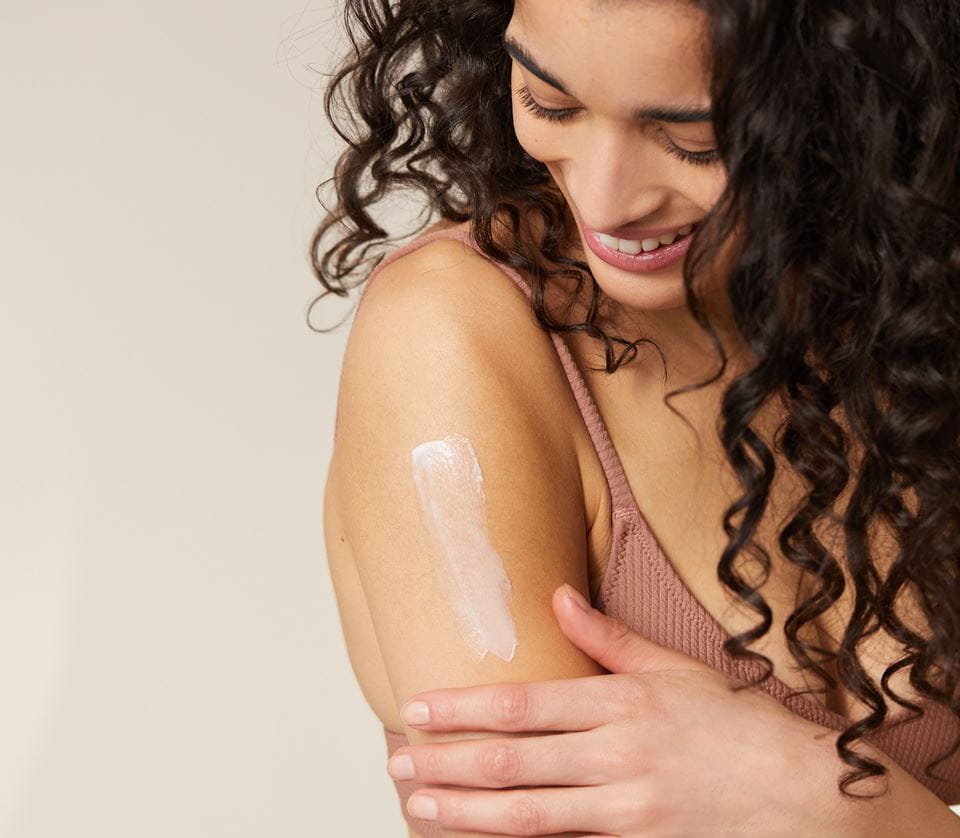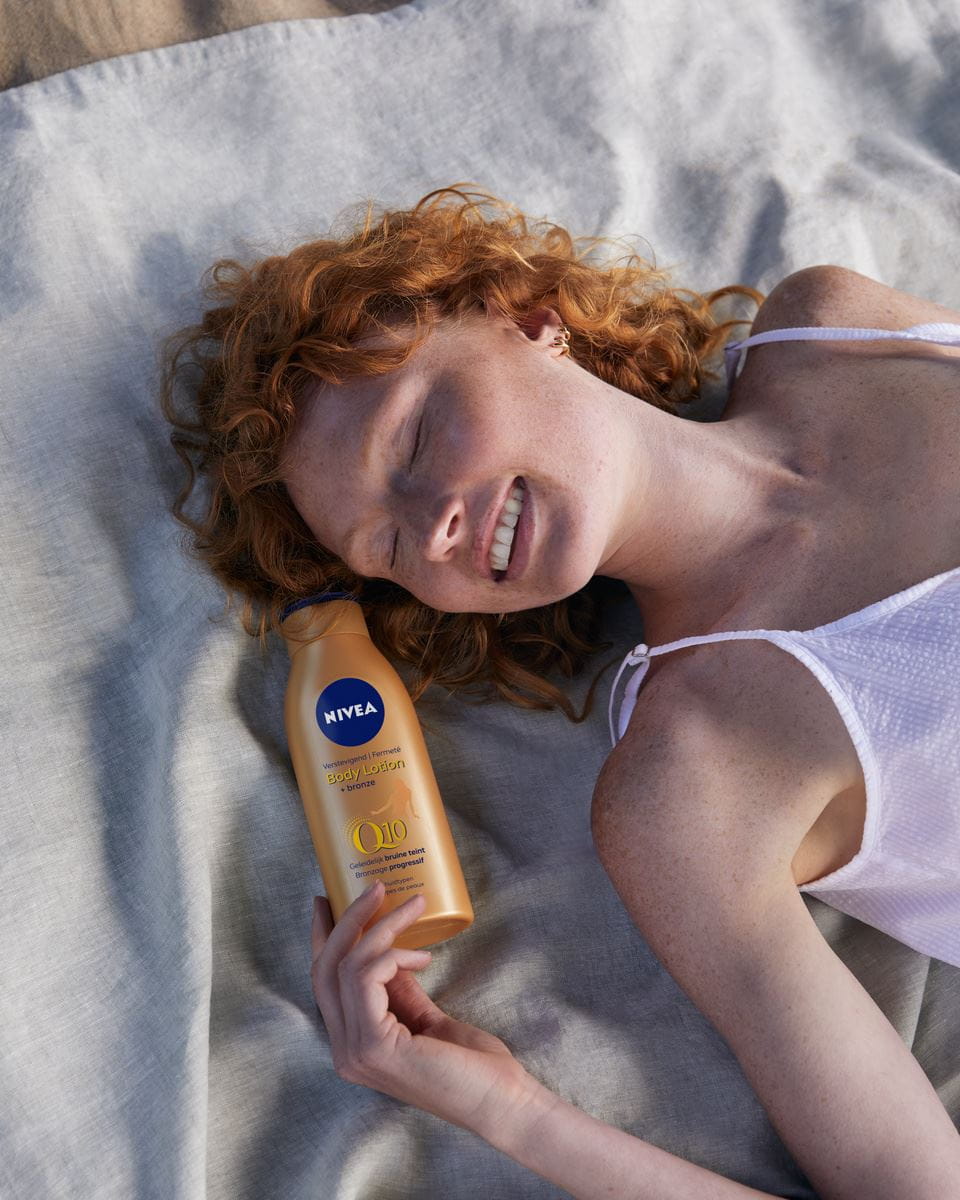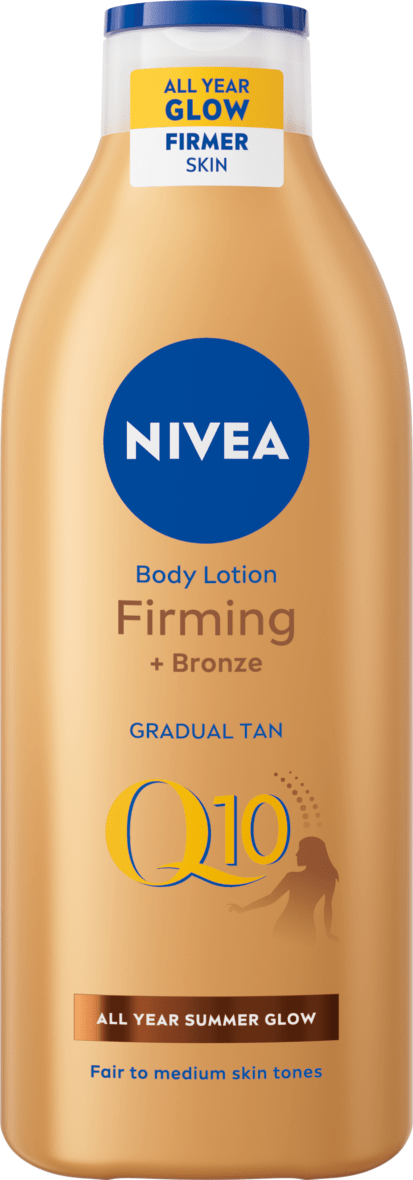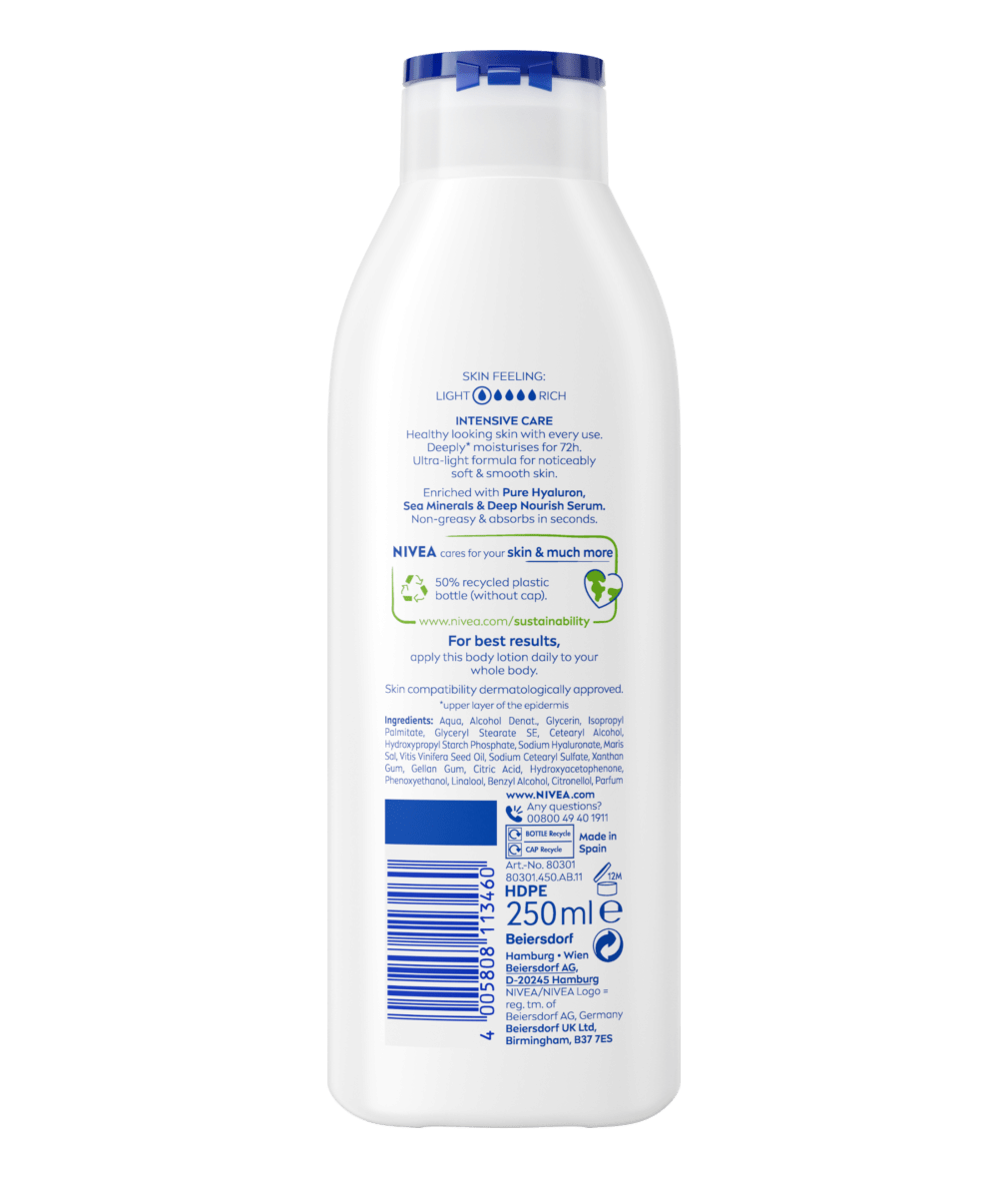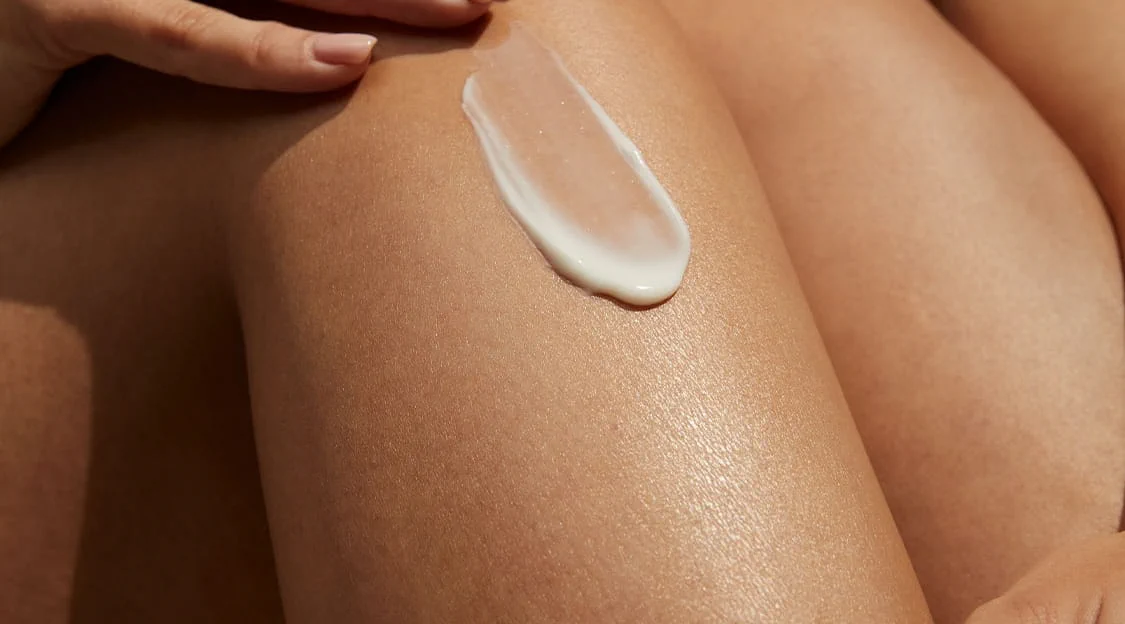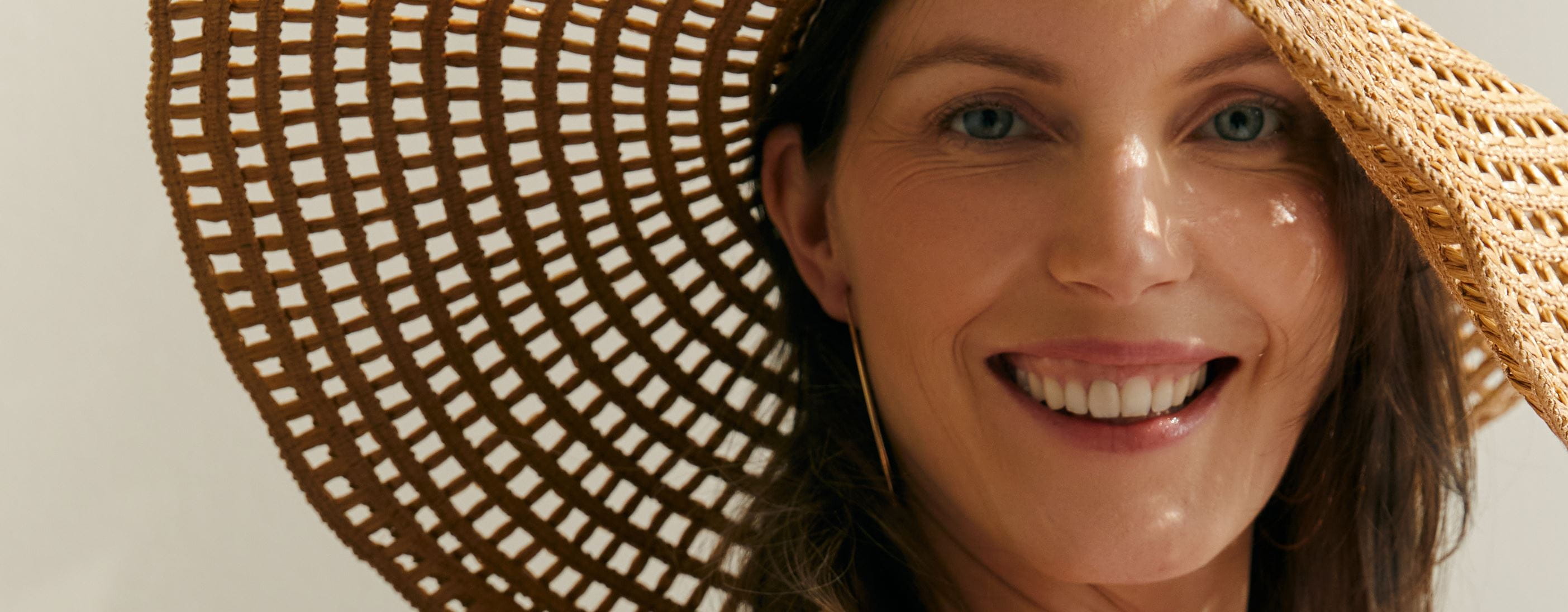
How gradual tan works and how to apply it
Gradual tan: Uncover tips and tricks on how to apply gradual tan for a natural glow
WHAT IS A GRADUAL TAN?
The desire for a natural-looking tan has become a common goal among people seeking a sun-kissed appearance without exposing themselves to the sun, therefore reducing the risks of sun damage, such as premature ageing and skin cancer. Achieving a natural-looking tan can be challenging, as some self-tanning products may result in an unnatural or streaky finish.
Gradual tanning has emerged as a preferred approach for many, allowing them to achieve a subtle and buildable glow over time. Gradual tan uses a method that mimics the slow and natural process of sun exposure, avoiding sudden changes in skin tone. This method could help provide a more even and realistic tan, reducing the likelihood of streaks or uneven colouration. Additionally, gradual tanning allows individuals to customise the intensity of their tan, making it suitable for various skin tones and personal preferences.
Gradual tanning has emerged as a preferred approach for many, allowing them to achieve a subtle and buildable glow over time. Gradual tan uses a method that mimics the slow and natural process of sun exposure, avoiding sudden changes in skin tone. This method could help provide a more even and realistic tan, reducing the likelihood of streaks or uneven colouration. Additionally, gradual tanning allows individuals to customise the intensity of their tan, making it suitable for various skin tones and personal preferences.
UNDERSTANDING GRADUAL TAN
How Does Gradual Tan Work:
A gradual tan is a self-tanning method that involves the application of a product that subtly darkens the skin over time, providing a gradual and buildable tan. Typically formulated as lotions, creams, or serums, gradual tans contain a lower concentration of the active tanning ingredient compared to regular self-tanners.
CHOOSING THE RIGHT SELF-TANNER
Considerations When Selecting a Self-Tanner:
When choosing a self-tanner, it's important to consider your skin type and tone, as well as your desired result. Opt for formulas that cater to your specific skin needs, whether you have sensitive skin, dry skin, or are prone to breakouts. If you want a quick result, choose an instant self-tanner suited to your skin tone. Bear in mind, however, that it needs to be applied carefully to achieve an even result. If you want to minimise the chances of a getting a streaky tan, use a gradual self-tanner which provides a more authentic and flattering result.
Recommendations for Both Men and Women:
While many products cater to both genders, it's important to consider individual factors such as scent, texture, and application methods. Keep in mind that men and women can often use the same self-tanning products. However, one consideration for men might be body hair, which could potentially cause streaky results. It's advisable to choose products with light, easy-to-spread formulas that provide a gradual tan to minimise the risk of streaks.
When choosing a self-tanner, it's important to consider your skin type and tone, as well as your desired result. Opt for formulas that cater to your specific skin needs, whether you have sensitive skin, dry skin, or are prone to breakouts. If you want a quick result, choose an instant self-tanner suited to your skin tone. Bear in mind, however, that it needs to be applied carefully to achieve an even result. If you want to minimise the chances of a getting a streaky tan, use a gradual self-tanner which provides a more authentic and flattering result.
Recommendations for Both Men and Women:
While many products cater to both genders, it's important to consider individual factors such as scent, texture, and application methods. Keep in mind that men and women can often use the same self-tanning products. However, one consideration for men might be body hair, which could potentially cause streaky results. It's advisable to choose products with light, easy-to-spread formulas that provide a gradual tan to minimise the risk of streaks.
SELF-TANNER FOR DIFFERENT SKIN TONES:
TIPS FOR FACE AND BODY SELF-TANNERS:
Choosing the right self-tanner for the face and body requires different considerations. For the face, opt for products suitable for facial skin as body self-tanners may be too dense for the face and could potentially lead to breakouts. It is important when selecting a self-tanner for the body, focus on factors such as coverage, ease of application, and the desired level of tan intensity.
To achieve a sun-kissed natural-looking tan, try the NIVEA Radiance Gradual Tan Moisturiser. Suitable for both the face and body, this gradual tanning moisturising lotion helps to develop a gradual, natural-looking tan, while its formula with Q10 helps to firm and tighten the skin.
To achieve a sun-kissed natural-looking tan, try the NIVEA Radiance Gradual Tan Moisturiser. Suitable for both the face and body, this gradual tanning moisturising lotion helps to develop a gradual, natural-looking tan, while its formula with Q10 helps to firm and tighten the skin.
THE IMPORTANCE OF EXFOLIATION & MOISTURISATION WHEN USING GRADUAL TAN:
Moisturising and exfoliating play pivotal roles in ensuring a smooth and flawless application of gradual tan products. While gradual tanning offers a controlled method for achieving a sun-kissed glow, incorporating the right skincare practices before and during the tanning process is essential for optimal results.
Facts Overview
GRADUAL TAN
How to Fake Tan
STEP-BY-STEP GUIDE FOR EVEN AND STREAK-FREE GRADUAL TAN:
Troubleshooting and Removal
STREAKS AND UNEVEN COLOUR:
- Use an exfoliating scrub to gently buff away streaks.
- Gradually fading self-tanner can be managed by moisturising regularly and using a mild exfoliant.
- Gradually fading self-tanner can be managed by moisturising regularly and using a mild exfoliant.
Maintaining and Enhancing Your Tan
TIPS FOR PROLONGING SELF-TAN:
SUMMARY
Opting for a gradual tan not only provides a sun-kissed glow but also offers a safe and effective alternative to instant self-tanners. The controlled and buildable nature of gradual tan allows for a customised and natural-looking result, contributing to radiant and healthy-looking skin. If you are looking for a gradual tan NIVEA Radiance Gradual Tan Moisturiser will leave you with a sun-kissed radiant glow and improve your skin's elasticity.
